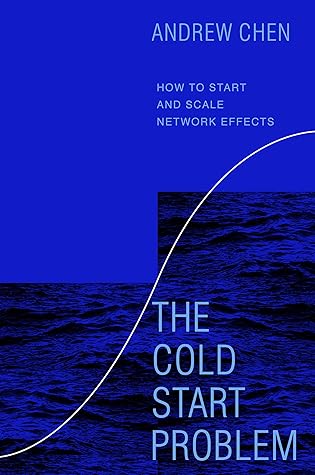More on this book
Community
Kindle Notes & Highlights
by
Andrew Chen
Read between
January 2 - January 22, 2022
Most products these days are low technical risk—meaning they won’t fail because the teams can’t execute on the engineering side to build the products—but they are generally also low defensibility. When something works, others can follow—and fast.
As the pyramid gets narrower, you have the next layer, which is status. Social media in its original construct is really about status, representing who you are, showing people that you’re cool, getting likes and comments. Those sorts of things. And that’s less accessible to the broad base of humanity, and has a narrower base of appeal. [There’s a] more limited frequency of engagement, because people only do some things that are cool once a week or once a month, and not every day.
These drivers in turn provide better, cheaper service to riders who are the easy side.
My view was, my biggest punishment, my biggest revenge on you is, I’m gonna make you run this company long term. So you had the baby, now you gotta raise the child. And you’re stuck with it for 18 years. Because I knew he wanted to sell the company. I knew he could move faster than me for a year, but he wasn’t gonna keep doing it. And so that was our strategy. And we built the company long term. And the ultimate way we won is, we had a better community. He couldn’t understand community. And I think we had a better product.
There was a sophisticated effort to tag drivers as dual appers. Some of these efforts were just manual—Uber employees who took trips would just ask if the drivers drove for other services, and they could mark them manually in a special UI within the app. There were also behavioral signals when drivers were running two apps—they would often pause their Uber session for a few minutes while they drove for another company, then unpause it. On Android, there were direct APIs that could tell if someone was running Uber and Lyft at the same time. Eventually a large number of these signals were fed
...more
Because some of the most important decisions in the company were made using these metrics, the NACS dashboards were expensively assembled from data across the company as well as external sources. One important source was large panels of anonymous credit card analytics resold and repackaged by the major card companies. Another source came from email analytics companies that had access to the emails—and thus receipts—of millions of consumers, and could offer market share metrics down to specific geographies and trip types. Think of these as “Nielsen ratings” for consumer credit card spend, where
...more


